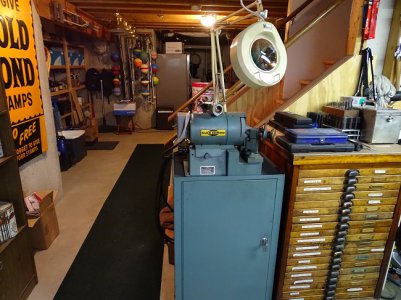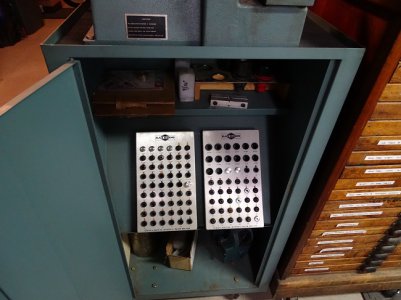- Joined
- Sep 1, 2020
- Messages
- 549
I am sure every shop has a box of dull twist drills somewhere that need sharpening. The steel is to good to throw away, but they rarely make it back out of the box. Time to de mystify the myth, lore and legend to sharpening these critical tools.
When I sharpened my first twist drill some 35 years ago during my machinist apprenticeship my first thought was WOW! My second thought was that was so easy, why doesn't everyone know how to do this. Since then I have taught my Dad and many friends how to sharpen their own twist drills and save them money, but mostly save them time when drilling holes.
In the video you will see how to make a height gauge for larger twist drills, and of course how to sharpen small, medium or large drills. Starts with the larger ones since they are easier to see what is going on. Then moves to small ones where I totally flatten a 1/8" drill and get it back in like new drilling condition in just a minute or so on the grinder.
I hope this helps you resurrect a few good drills around your shop.
When I sharpened my first twist drill some 35 years ago during my machinist apprenticeship my first thought was WOW! My second thought was that was so easy, why doesn't everyone know how to do this. Since then I have taught my Dad and many friends how to sharpen their own twist drills and save them money, but mostly save them time when drilling holes.
In the video you will see how to make a height gauge for larger twist drills, and of course how to sharpen small, medium or large drills. Starts with the larger ones since they are easier to see what is going on. Then moves to small ones where I totally flatten a 1/8" drill and get it back in like new drilling condition in just a minute or so on the grinder.
I hope this helps you resurrect a few good drills around your shop.
Last edited:



